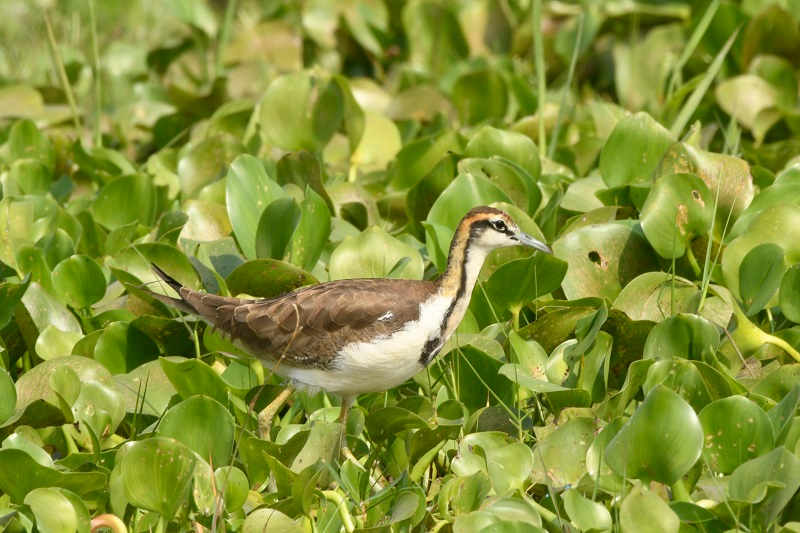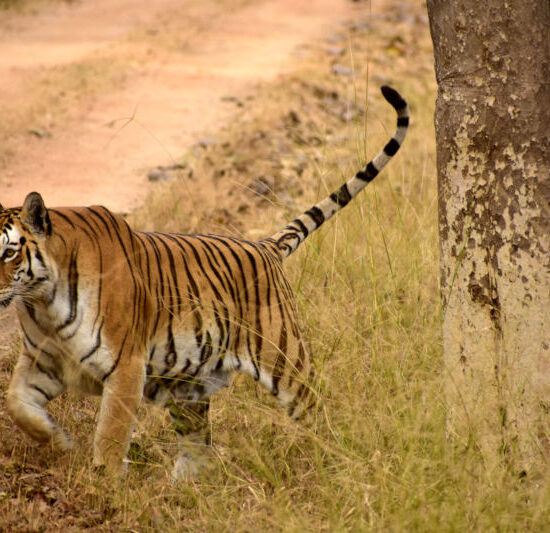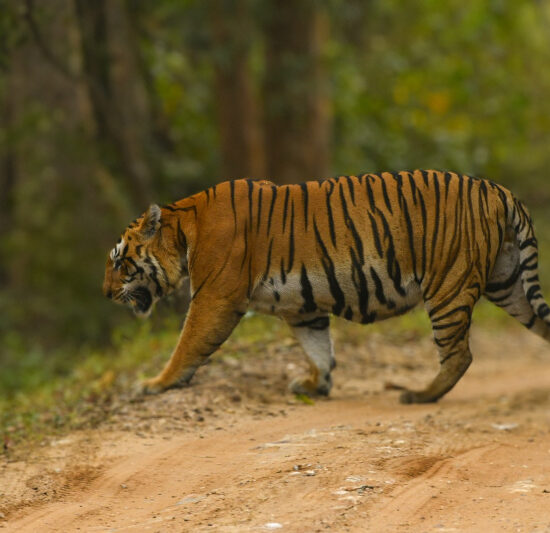
ManglaJodi
JungleTrail constantly aims to diversify the experiences offered to its clients, make it richer and unique. Besides, facilitating the best wildlife safari experiences across the forests in India and abroad, we are also constantly exploring to provide rich birding experience too. Perusing this aspiration, we chose one to explore one birding wetland in Odisha – Mangalajodi. This is a lesser known and lesser explored birding haven. Hence, we chose to walk the unexplored road and experience bird watching in one of the most exquisite natural landscapes of India.
Obviously, the next thought to cross your mind is what makes it so unique. Richer, because this marshy wetland can host close to 3,00,000 birds during winters. It is estimated that close to 40 diverse species of birds reside here and around 150 different species of migratory birds are attracted to visit this marshy wetland. November to February is the best time of the year to explore birding at this wetland. Generally, migratory birds arrival commences from mid – October from far lands like Russia, Mongolia, Caspian sea etc. It is also declared as the International Bird Conservation Area.
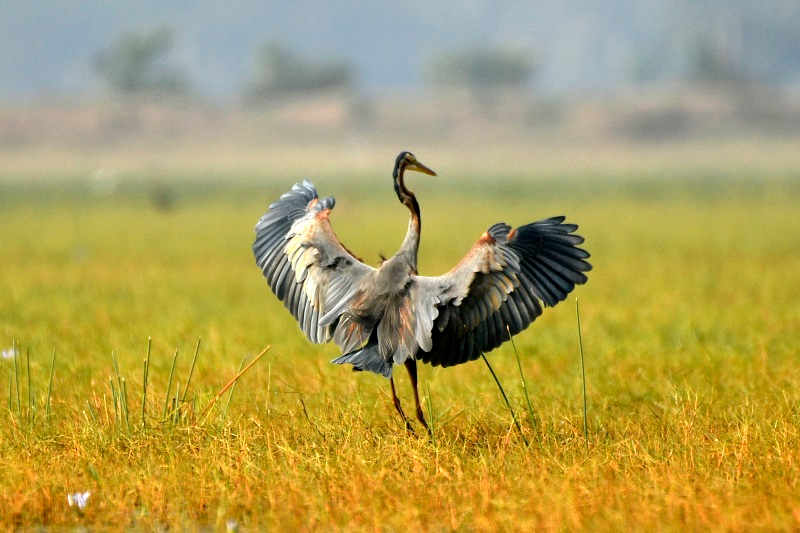
Located on the banks of the Chilika Lake, in Khorda district, in Orissa are around 132 villages and Mangalajodi is one of the largest villages amongst them. Chilika Lake is Asia’s largest brackish lagoon. One can reach Mangalajodi via rail, air or road with Bhubaneshwar being the main connecting junction. Accommodation could be opted at Bhubaneshwar from where it is situated approximately 75 kms. away. There are also homestay options at Mangalajodi with very basic amenities. Not having to travel 75 kms. to reach the birding spot is an obvious advantage if one puts up at Mangalajodi. But for those who need luxurious alternatives, Chilika Lake is the place which offers good premium and luxury resorts.
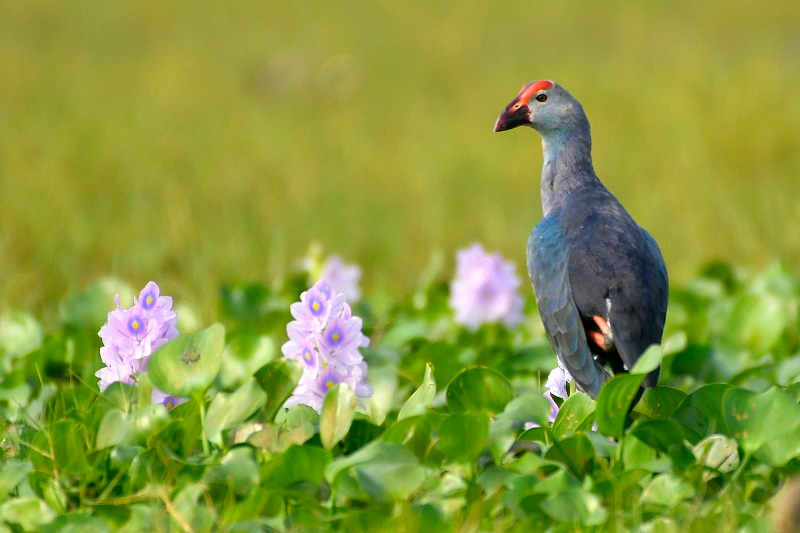
Now a little story about this unique wetland. This had always been a very rich birding spot and was constantly under the threat of the poachers. A lot of birds fell prey to poaching every year. Nanda Kishore Bhujbhal, a courageous gentleman took upon himself to end this. As a joint effort with Wild Orissa and others, poachers were transformed to trained guide and gatekeepers of this rich birding haven. The journey to educate the villagers and win their trust was a long drawn one with a lot of ups and downs. What matters is the result – Mangalajodi, a community owned and managed eco-tourism birding wetland. Once upon a time the hunters of the birds are actually taking all precautions to safeguard the same birds, are now street smart and most knowledgeable birders. What a revolutionary turnaround!
The habitat is very rich and the most likable thing here is the proximity and the sheer numbers in which one gets to sight the flying beauties. Though through the shoreline, there are many waders etc that one can spot but the best way to explore is in the boat. The boats make its way through the reeds and with the rhythmic splashing of water by the oars to get into the interiors.
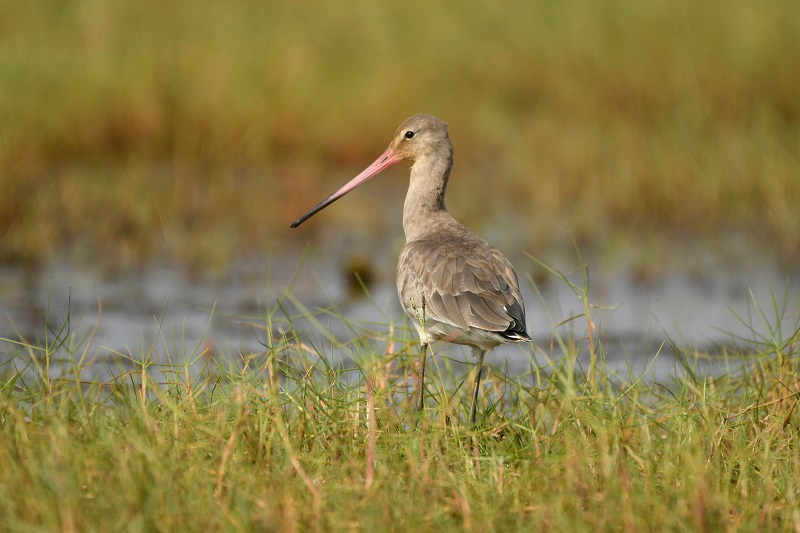
Birds sighted are knob-billed ducks, northern shovelers, ruddy shelducks, grebes, Indian spotted billed ducks, lapwings, godwits – black tailed/ , cormorants, jacanas – bronze winged / pheasant tailed, lesser whistling ducks, crakes, garganey, stilts, egrets, terns – whiskered, pratincoles – collared /oriental moorhens, snipes – common /greater painted, purple herons, brown headed gulls, swifts, citirne wagtail, kingfishers – pied / throated, slated – breasted rails, open billed storks, northern pintails, Asian pied starlings, raptors like Osprey, falcons etc. Nights here get nosiest with the bird roar. The largest concentration of glossy ibis is witnessed in May. Undoubtedly, a paradise for the birders and bird photographers. The delight to see the birds so closely and in such good numbers is unmatched. Infact, most of the times, birding calls for lens with high zoom but here one can do brilliant bird photography even with the ordinary lens.
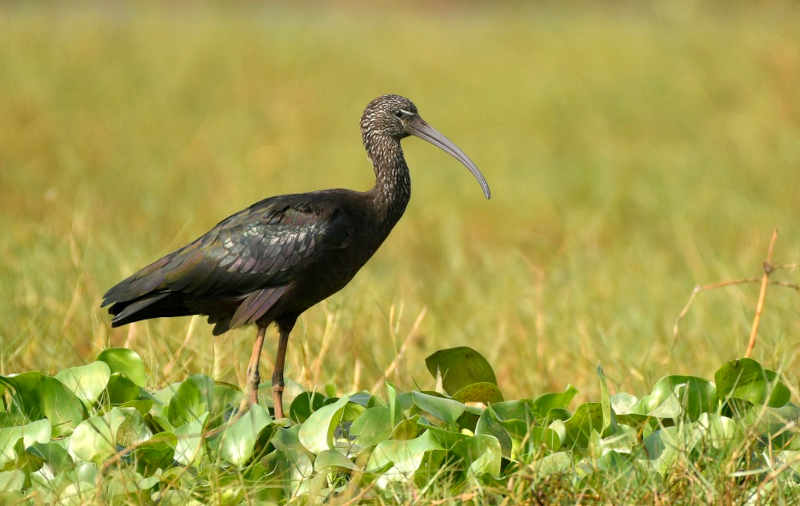
Mangalajodi Ecotourism Trust has won prestigious United Nations World Tourism Organisation (UNWTO) Award for Innovation in Tourism Enterprise at 14th UNWTO Awards ceremony held in Madrid, Spain. On the whole, we would summarise that this eco-tourism model is an inspiration to educate other communities to convert such eco-systems into sustainable tourism and in return an assured means of earnings. Since it is directly owned by the communities its conservation and quality of maintenance directly impacts their lives and hence will prove to be a win-win scenario for both worlds.
Truly an offbeat birding paradise !
